Facts About The Kremlin In Russia: Steeped in centuries of history and intrigue, the Kremlin stands as a timeless symbol of Russia’s rich cultural heritage and political prowess. Nestled within Moscow’s iconic Red Square, this majestic fortress beckons visitors from around the globe to immerse themselves in its storied past and grandeur. From towering walls to opulent palaces, let us embark on a journey to uncover seven fascinating facts about the Kremlin.
1. A Tale of Transformation: From White to Red
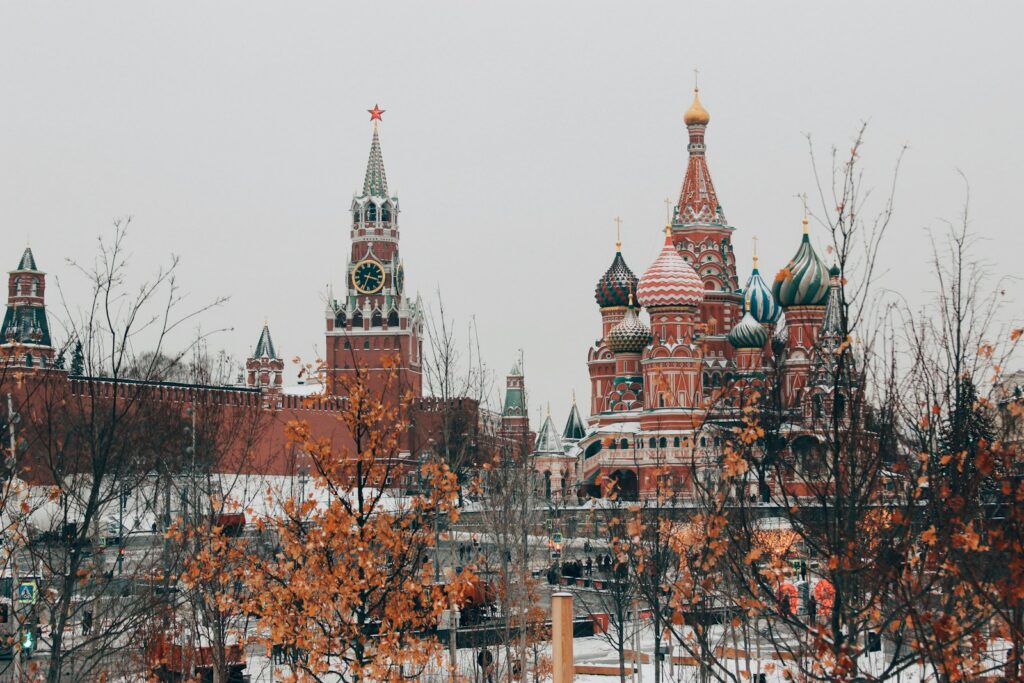
Once adorned in pristine white, the Kremlin underwent a striking transformation in the 19th century when its walls were painted a glorious red. This vibrant hue, synonymous with power and prestige, is a testament to the Kremlin’s evolving identity amidst changing political landscapes. While remnants of its ivory facade linger in historical depictions, the Kremlin’s crimson visage is a beacon of Russia’s enduring legacy.
2. The Resonance of Royalty: The Tsar Bell

Nestled within the Kremlin’s hallowed grounds lies the illustrious Tsar Bell, a towering testament to Russia’s regal heritage. Commissioned by Empress Anna Ivanovna, this colossal bell stands as the largest in the world, its imposing stature echoing the grandeur of a bygone era. Yet, despite its magnificence, the Tsar Bell remains silent, its melodious chime forever silenced by time.
3. Stars of Splendor: A Weighty Legacy
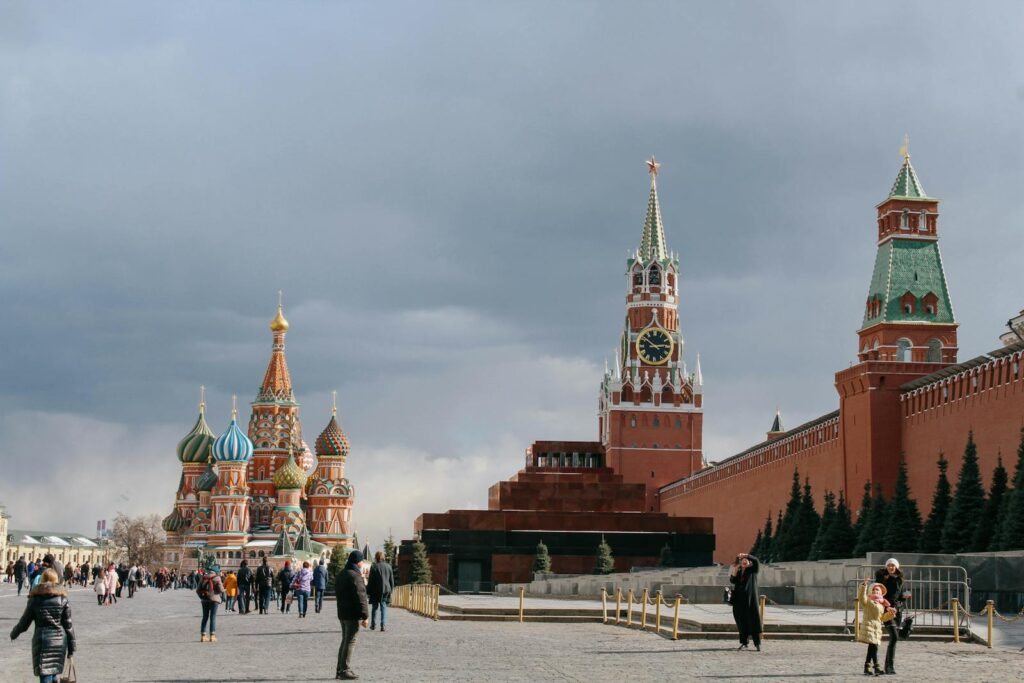
Perched atop the Kremlin’s spires, five majestic stars shone radiantly upon Moscow’s skyline, their gleaming facade belying their formidable weight. Crafted from precious rubies, these celestial symbols serve as beacons of hope and aspiration, their luminous presence illuminating the path to Russia’s future. Yet, beneath their shimmering veneer lies a poignant reminder of a tumultuous past, where the Soviet government repurposed imperial eagles into gleaming stars of socialist solidarity.
4. A Fortress Unyielding: Defiance in the Face of War
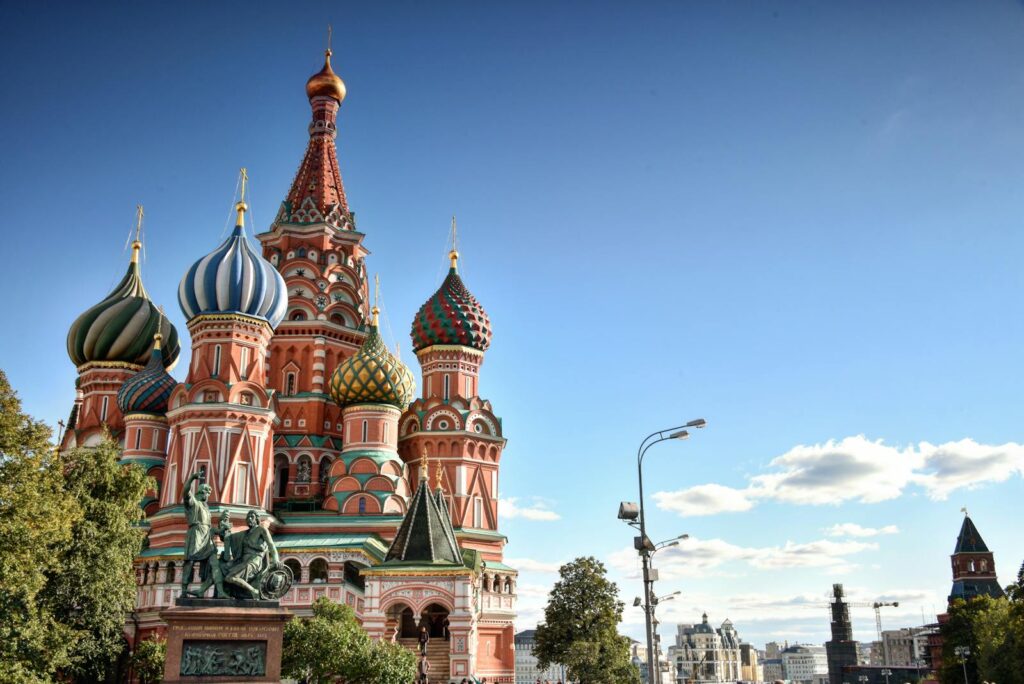
Amidst the chaos of World War II, the Kremlin stood as a bastion of resilience, its walls a bulwark against the tide of destruction sweeping across Europe. Concealed beneath layers of camouflage, this venerable fortress weathered the storm of war, its stoic facade masking the turmoil that raged beyond its ramparts. Though the echoes of conflict reverberated through Moscow‘s streets, the Kremlin emerged unscathed, a testament to the indomitable spirit of the Russian people.
5. Towers of Tradition: A Name for Every Spire
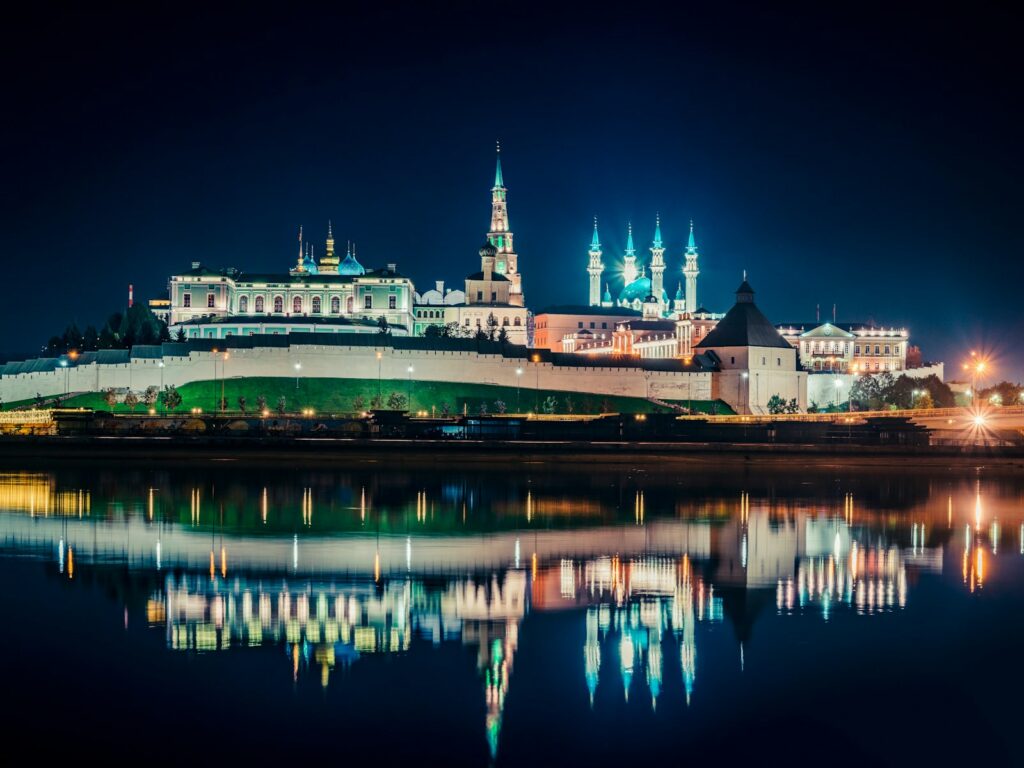
With twenty towers standing sentinel along its fortified walls, the Kremlin boasts a rich tapestry of names and legends, each bearing witness to centuries of history and intrigue. From the towering Troitskaya to the iconic Spasskaya, these monolithic structures stand as silent sentinels, guardians of Russia’s storied past and promising future. Crafted by Italian architects and expanded in the 17th century, these towers embody the timeless elegance of Russian architectural ingenuity.
6. Presidential Perks: The Addition of a Helipad
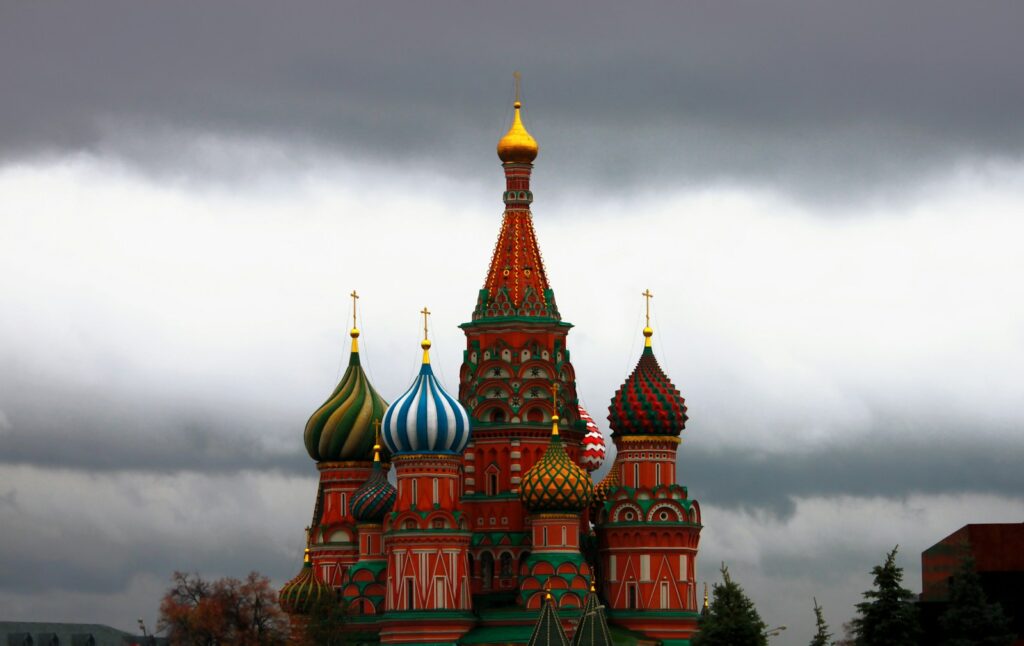
In a nod to modern convenience, President Vladimir Putin ushered in a new era of accessibility by adding a helipad to the Kremlin’s grounds in 2015. Designed to alleviate congestion and streamline his commute, this aerial gateway is a testament to Russia’s commitment to progress and efficiency. With the flicker of rotor blades echoing across Moscow’s skyline, the Kremlin embraces the future while honoring its storied past.
In conclusion, as the beating heart of Russia’s cultural and political identity, the Kremlin is a testament to the nation’s enduring legacy and unwavering resilience. From its crimson walls to its towering spires, each stone bears witness to centuries of triumph and tribulation, weaving a tapestry of history that continues to captivate and inspire. As visitors flock to its hallowed halls and towering battlements, the Kremlin beckons to immerse themselves in its timeless allure and discover the essence of Russia’s soul.
FAQs (Frequently Asked Questions) about Interesting Facts About The Kremlin In Russia
1. What prompted the change in color of the Kremlin’s walls?
The Kremlin’s transition from white to red occurred in the 19th century as part of a restoration project, symbolizing a shift in architectural aesthetics and political ideologies.
2. How did the Kremlin fare during World War II?
Despite being a prime target for enemy bombardment, the Kremlin emerged primarily unscathed, thanks to extensive camouflage measures and strategic precautions by Soviet authorities.
3. Why were imperial eagles replaced with stars atop the Kremlin’s spires?
In a symbolic gesture of socialist solidarity, the Soviet government repurposed imperial eagles into stars, reflecting a shift in political ideologies and establishing a new era in Russian history.
4. How many towers adorn the Kremlin’s walls, and what significance do they hold?
The Kremlin boasts twenty towers, each steeped in legend and lore, serving as guardians of Russia’s rich cultural heritage and architectural legacy.
5. What impact did the addition of a helipad have on the Kremlin’s accessibility?
Installing a helipad on the Kremlin’s grounds in 2015 marked a significant milestone in enhancing accessibility and streamlining transportation for Russia’s leadership, exemplifying a commitment to modernization and efficiency.





